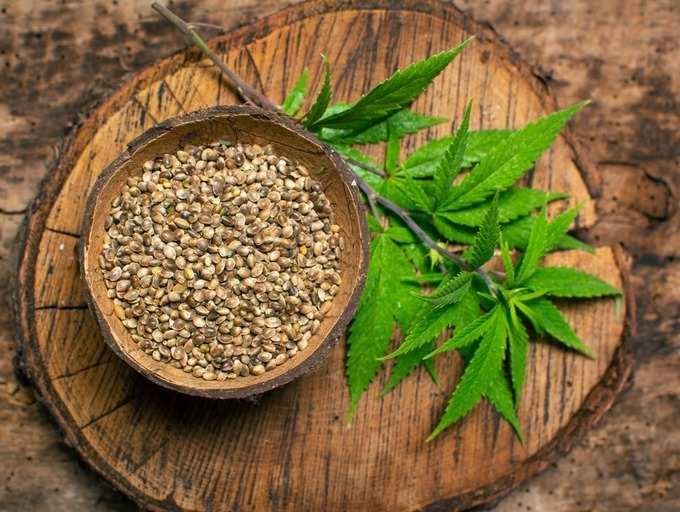As per the recent amendment to the Food Safety and Standards Regulations, 2011, the Food Safety and Standards Authority of India has finally announced the recognition of hemp seeds and seed products as a food source.

This is the biggest achievement for the entire hemp industry, as FSSAI’s recognition of cannabis as a nutritional product will not only help usher in a new era for the product but will also usher in a new wave for hemp products.
Hemp is a member of the cannabis family. It is a cousin of ‘Cannabis sativa and Cannabis Indica. According to the Hemp Ministry, “your lungs will fail before your brain reaches the high levels of drinking industrial hemp”. Hemp has an incredibly low percentage of delta9-tetrahydrocannabinol (THC) (less than 0.03%) compared to psychoactive strains of cannabis (which can vary between 5% and 35% in today’s market).
Hemp is genetically distinct from its cannabis cousins. Whereas the history and politics of cannabis are well documented.
Hemp has also been found to have antibacterial properties. In fact, hemp fibers have been used as an antibacterial finishing agent and in surgical instruments. Hemp is composed of compounds with antibacterial properties such as esterified sterols, triterpenes, β-sitosterol and β-amyrin. Additionally, hemp powder has antibacterial properties that are effective against Escherichia coli. Plant scientists believe that the antibacterial properties of cannabis may be linked to lignin-related compounds such as phenolic compounds as well as alkaloids and cannabinoids.
Also Read in Hindi: यही कारण है कि FSSAI ने आखिरकार भांग के बीज और बीज उत्पादों को खाद्य स्रोत के रूप में मान्यता देने की घोषणा की
Further research on the biology of hemp will help us understand the potential of being such a versatile and effective textile crop. By studying the characteristics of yield we can improve our understanding of the plant. The study of hemp seed and hemp seed oil can give us information about the yield and composition of the grain. Finally, research into hemp fiber may provide data on stem development and structure, genetic regulation of fiber traits, and biofuel production for plant scientists.

